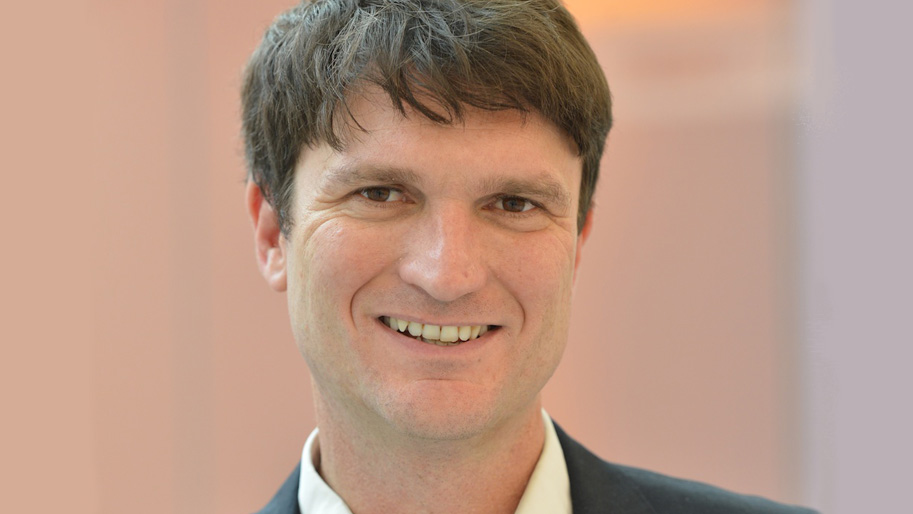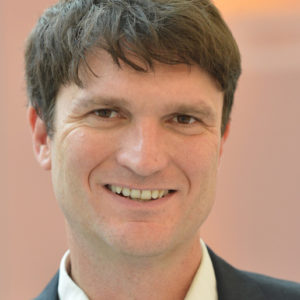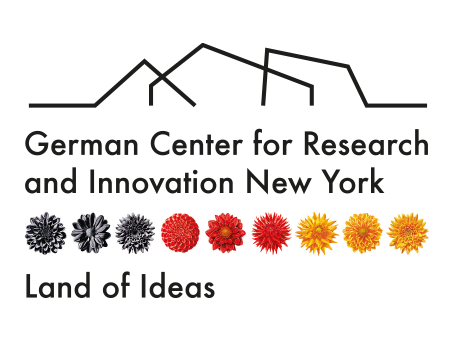Interview with Markus Weisskopf
 © Christoph Rieken/Wissenschaft im Dialog
© Christoph Rieken/Wissenschaft im Dialog
Markus Weisskopf is Executive Director of Wissenschaft im Dialog (WiD), or Science in Dialogue. WiD is an initiative of several leading German science research organizations to bring together science and society and encourage dialogue between the two. With WiD Weisskopf organizes dialogue events on controversial topics of research, runs exhibitions and competitions, and develops new formats for science communication.
In this interview Weisskopf discusses science communication, fake science and the importance of scientific research today.
DWIH: Do scientists have a responsibility to communicate their research effectively? Does the science speak for itself?
Weisskopf: Definitely yes! For many, many reasons. The responsibility for communication starts with the academic freedom and the public funding of science. Furthermore, there is an obligation to communicate as science is playing a much larger role in our everyday lives than it used to, and thus, understanding science is becoming more important when it comes to understanding our world.
DWIH: What current tendencies and forces in Germany are making your work as a science communicator particularly difficult?
Weisskopf: Those are presumably the same forces we have all over the world. Individuals and groups can now influence and/or disturb the public discourse. They can also question the interpretive sovereignty of science and construct new, “pleasant” realities. With populist movements, they find powerful allies who are penetrating more and more into the structures of democratic society. The systems of control, the “checks and balances,” are thereby weakened. Science communication is still seeking for the best answers to those developments. However challenging this may be it is an important task going ahead, and I am confident we will succeed.

"It is only if people understand how science works that they will truly trust in its results and see its value."Markus Weisskopf
DWIH: How should non-experts stay informed about science? How should citizens distinguish between fake and real science?
Weisskopf: I think it is our duty to provide information about research in ways that is understandable for everybody. Therefore, it is important that we use the outlets “where the people are” and not just some high quality print media. One example of such an outlet is Wikipedia, as it is a major resource for finding information on science but is underused by the scientific community.
Regarding fake science, it is our task to inform people about the scientific method in a better way and to not only communicate results but processes as well. It is only if people understand how science works that they will truly trust in its results and see its value. Thus, it would be a step in the right direction if we can get around to including some teaching of scientific methods in the school and college curricula.
DWIH: The way science is communicated now in the digital age is much different than 30 years ago. What effects have digitalization had on science communication?
Weisskopf: Digitalization and the changing media landscape have had two major effects: First, we see a fragmentation of channels and target audiences. This means that the traditional mass media outlets become less powerful and do not reach as many people as before. Secondly, we see that we as science communicators can now reach our audiences directly through the internet and social media. That means that we have a much larger responsibility for what we communicate as there are no journalists in between who used to check and frame what we sent out.
DWIH: You have explored some innovative formats for communicating science like puppet shows, science slams and hackathons. How do you pick these formats? How do you know what is working?
Weisskopf: We continuously check current trends not only in science or science communication but also in business and culture. When we spot a new format which might be interesting, we adapt and test it for science communication. Then we evaluate the formats and spread the results into the science communication community.
